To help learn about your favorite ancient civilizations, it always helps to take note of their most important cities. After all, while it can be pretty interesting to learn about gods and goddesses—or perhaps the weapons and armor used in battle—learning about the history of their cities will give you a true glimpse into the lifestyle of the civilization.
In the case of ancient Egypt, there were plenty of historic locations at the time. Keep in mind that the ancient Egyptians were well-known for their tech and innovation as an ancient civilization, and that would not have been possible without thriving cities. In many ways, ancient civilizations were only as grand as their grandest city. Here are the top ancient Egyptian cities you should know about!
Memphis
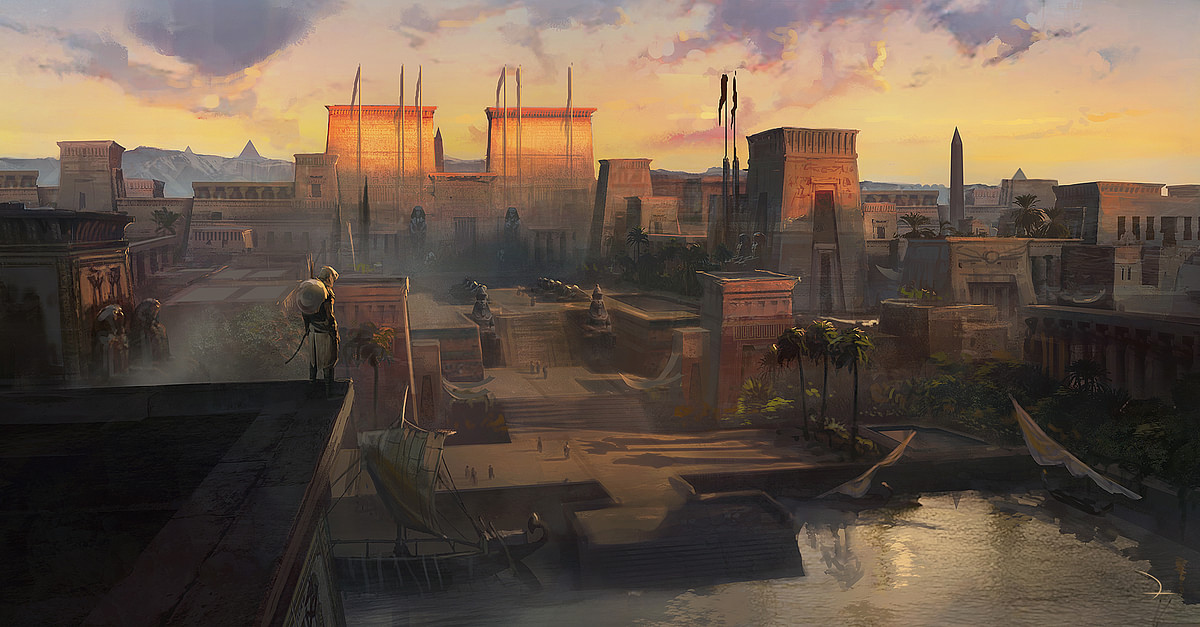
It would be remiss to talk about ancient Egyptian cities and not mention Egypt’s very first capital, Memphis. The strange thing is that despite being the most important initial city, not much of Memphis remains today. Of the few ruins that remain, the statue of Ramses II and the alabaster Sphinx count as the most notable examples. While Memphis was the capital of Egypt from 2950 BC to 2180 BC, things started to change with the rise of Thebes, the second capital.
Eventually, the capital would again switch to Alexandria, which resulted in Memphis being neglected. While an extremely popular city during its prime, it was eventually completely abandoned. Despite its loss of popularity and relevance, Memphis still counts as one of the most crucial locations in ancient Egypt.
Thebes

The New Kingdom era of ancient Egypt (1570-1070 BC) was a period of prosperity and relative peace. In this age, the Egyptians were focused on developing artistic masterpieces, as well as looking for different ways to make life easier. The great city of Thebes was the capital of Egypt during the New Kingdom era, making it perhaps the most well-known city in the history of ancient Egypt. Thebes was known throughout history as the city of a thousand gates, a name given by the Greek poet Homer.
Thebes—much like any other great capital—was the center of culture and religion in ancient Egypt. As Thebes was the capital of the New Kingdom, it served as the prime location for some of the greatest accomplishments of the Egyptians. The Valley of the Kings hold the bodies of pharaohs, including the famous king Tutankhamun.
Alexandria
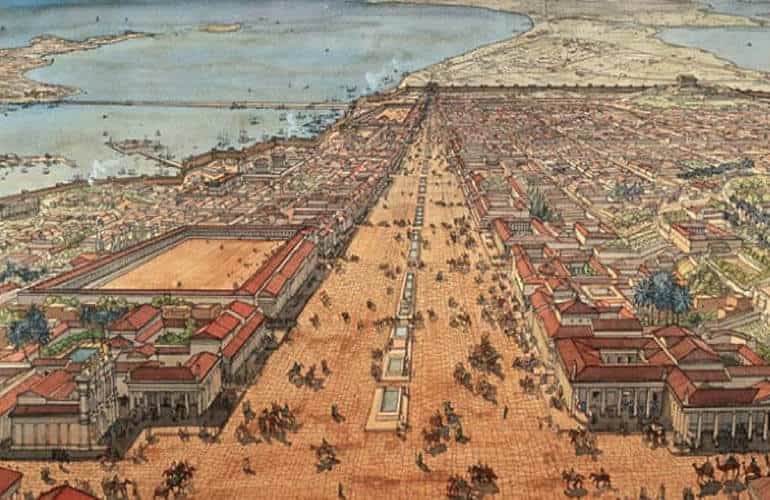
The third capital of Egypt, Alexandria, was constructed by Alexander the Great to serve as the center of the Hellenistic civilization during his conquest. It holds the bittersweet distinction of housing the now legendary library of Alexandria, which housed about 100,000 to 400,000 scrolls concerning various fields of study. Unfortunately, the library of Alexandria was burned to the ground by Julius Caesar.
Alexandria was also known for housing one of the Seven Wonders of the Ancient World, the lighthouse of Alexandria. The reason the structure was considered one of the seven wonders was the fact that it was the tallest man-made structure. Unfortunately, it was destroyed by earthquakes. Alexandria was also the location of the Roman catacombs, a fascinating mix of Roman and Egyptian culture. Alexandria remained the capital for around a thousand years, showcasing just how much of an impact the city had in the ancient world.
Amarna
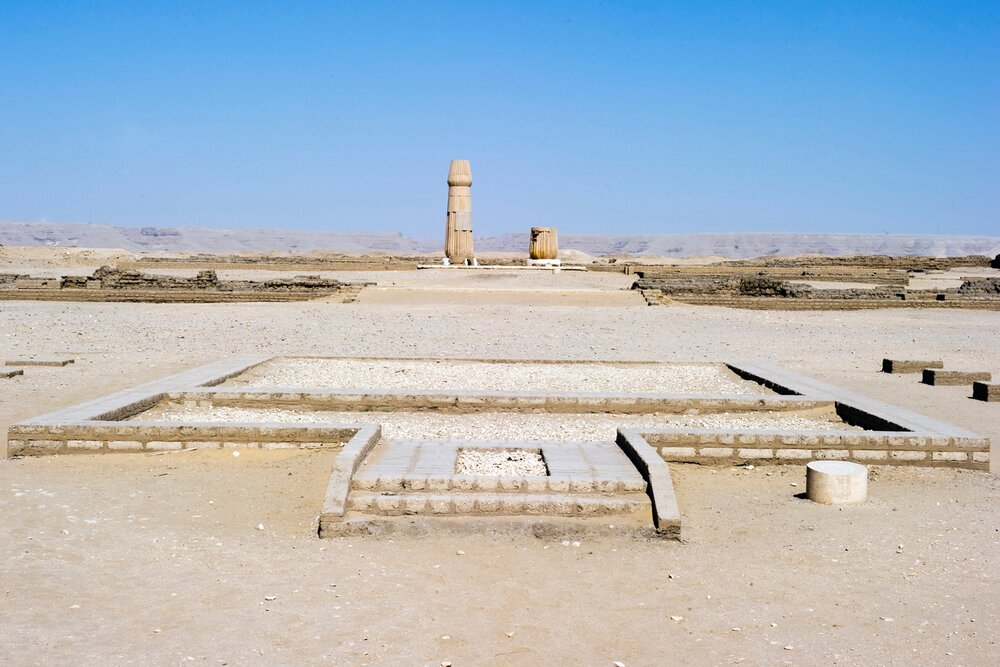
We’ve spoken about some of the most important cities of ancient Egypt in the form of the capitals, as they’re usually the most popular and well-documented. However, such is not the case with Amarna, perhaps one of the most mysterious capitals of the ancient Egyptian world. Even stranger, the capital also represents one of the most significant religious struggles in Egypt’s history.
Amarna was established and ruled over by Pharaoh Akhenaton, who attempted to force a monotheistic system of religion, worshiping only one god—Aten, known as the Sun Disk. Today, Amarna is relatively famous for having some of the most beautiful tombs of ancient Egypt. Pharaoh Akhenaton also has the distinction of fathering king Tutankhamun, who went against the monotheistic form of worship and returned to the pantheon of gods and goddesses.
Thonis
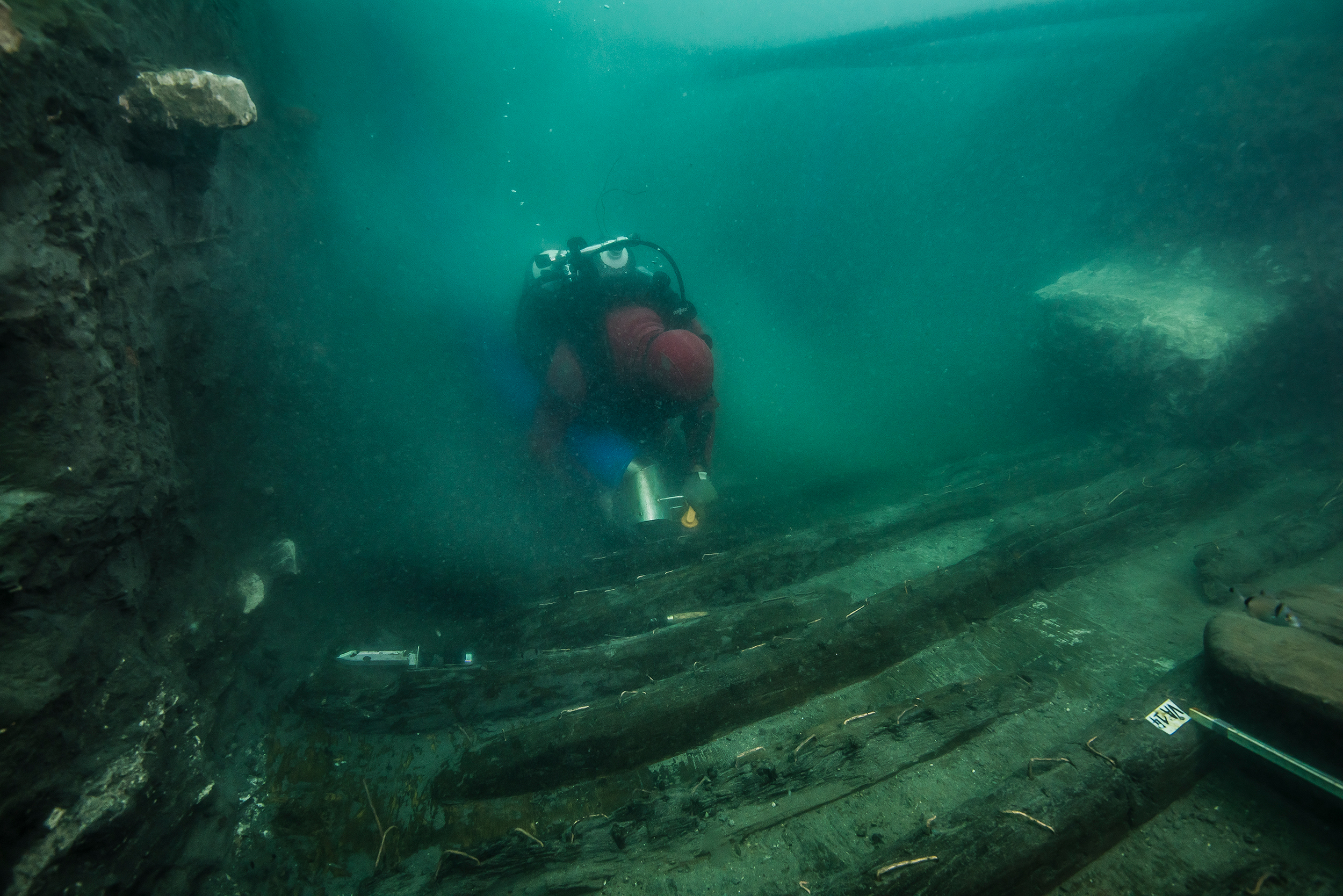
Naturally, there are plenty of ancient cities that have been lost to time. Ancient Egypt likely has plenty of towns and cities that have yet to be discovered. That said, one of the more crucial areas of the old world was known as Thonis city, a capital of Egypt from the first dynasty. When you talk about ancient Egypt, Thonis usually comes from a time before that, which is why Memphis is considered the first capital.
One of the reasons why the lost city of Thonis is considered an important city is the fact that it serves as the burial grounds for the great pharaohs of the first three dynasties. Thonis also played an important role in many stories concerning mythology and the Egyptian pantheon. The city served as the resting place of Osiris the god of death and resurrection.
Pi-Ramesses
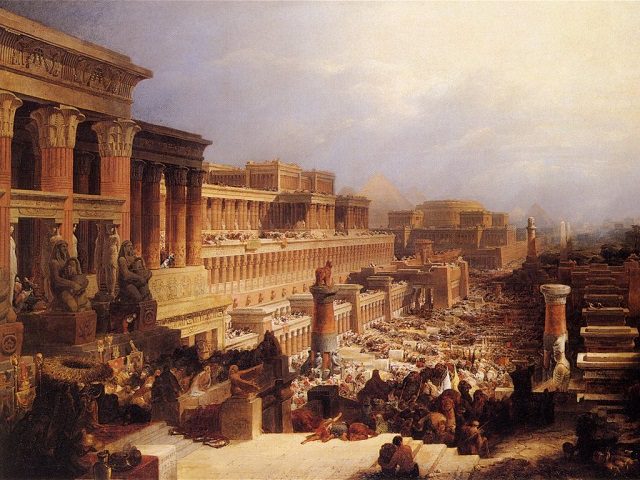
Another capital of Egypt, Pi-Ramesses served as the capital and residence of Ramses II, also known as Ramesses the Great. Typically, the capital holds the residence of the Pharaoh, and Pi-Ramesses was no exception. In fact, the city was perhaps one of the most extravagant as far as the residence of the Pharaoh goes. It had its fair share of extravagant artifacts and monuments, and was known in the ancient age as being quite enchanting.
One of the fascinating stories concerning the ancient city is the speculation that it may be the city of the Exodus in the bible. Strangely enough, lining up the events of the Exodus with this time in history is quite easy, showcasing the bible to be eerily accurate if Pi-Ramesses was indeed the city of the Exodus.
Avaris

The Hyksos were a ground of nomads who settled into Egypt from western Asia. The capital of the Hyksos culture when they ruled ancient Egypt was known as Avaris. The capital city of Avaris was known as a city of slavery, and it was located northeast of the Nile Delta. These days, the city serves as an archaeological goldmine due to how many artifacts can be found in the area.
It serves to help archaeologists better understand the Hyksos culture, as many of the tools and weapons they created have stood the test of time. While not necessarily known for extravagance, it was still considered a great capital in terms of trade and administration.
Abydos
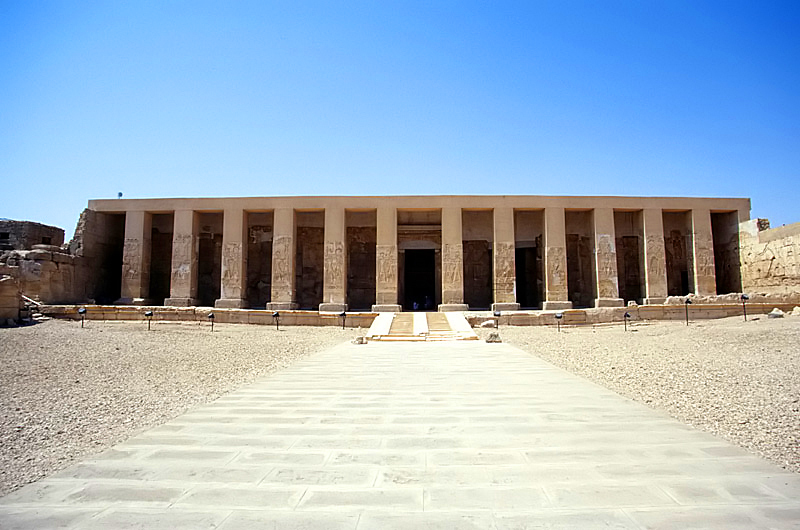
Considered to be one of the most important archaeological sites in all of Egypt, Abydos was a crucial location due to its relevance in various myths. Similar to the city of Thonis, Abydos was a city from the first dynasty—perhaps dating back even further. Abydos was used as the burial ground for the kings of the first and second dynasties, including Menes, founder of the very first dynasty. The temples of Abydos are considered one of the most crucial archaeological sites due to its distinction as the burial place of so many influential figures in Egypt.
The temple of Seti I, in particular, is notable for being a breathtakingly beautiful temple. It also holds the Abydos King List, holding the names of the ancient kings of Abydos. Needless to say, the impact of such a list in the studies of ancient Egyptian history cannot be understated.
Heliopolis

While there are undoubtedly many locations in ancient Egypt that acted as a religious center, perhaps the most iconic religious location in Egypt was Heliopolis. Some locations are well-known for being the birthplace of one god or goddess of Egypt, but Heliopolis was famous around the land for being the birthplace of multiple deities. These gods and goddesses include Geb, Isis, Atum (Ra), Nut, Set, Tefnut, and more.
The city also holds the distinction of being the birthplace of mythical beings such as the Bennu Bird and the Phoenix. Heliopolis was also considered the center of philosophy and learning during its prime, visited by notable Greek scholars including Plato, Homer, Herodotus, and more.
Crocodilopolis

Let’s end things with one of the stranger locations in ancient Egyptian history. Yes, the city was called Crocodilopolis—it was also known as Shedet. These days, the city is modern-day Fayoum. The iconic region had the reputation for being the crocodile city, as it was the center of worship for Sobek, known as the crocodile god. Many gods and goddesses took on the form of animals, or had animal parts—Sobek was no different.
The city was also dated back to the early days of the old kingdom, making it one of the oldest cities, even by ancient Egyptian standards. Crocodilopolis was located in particularly fertile land, allowing its inhabitants to grow all manner of vegetables. Not many cities in ancient Egypt had land as fertile as Crocodilopolis!